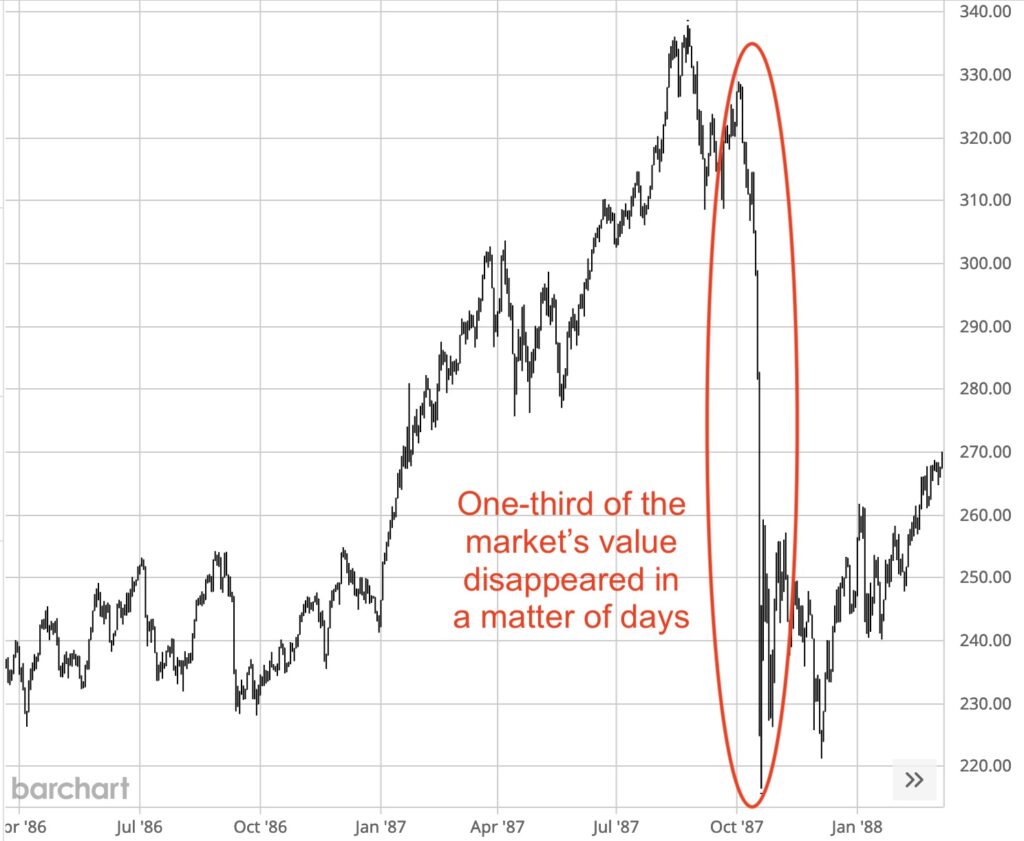We suppose that on occasion it may seem like we’re obsessed with predicting Armageddon.
We cite sky-high stock valuations.
We talk about the fact that the strength in the market has largely been driven by a handful of mega-tech/AI stocks.
We point out economic realities (and the Fed interventions they prompt) that don’t support the case for a stampeding bull market.
Our only goal in offering these observations is to make you, our readers, aware of the realities attached to the stock market (and to a larger degree, the economy). It’s important to know these things because we believe that you don’t always get the unvarnished truth (occasionally not even the “varnished” truth) from the mainstream.
For example… A few months ago in August, the Bureau of Labor Statistics released its 2024 preliminary benchmark revision.
Each year, the Current Employment Statistics (CES) survey employment estimates are benchmarked to comprehensive counts of employment for the month of March. These counts are derived from state unemployment insurance (UI) tax records that nearly all employers are required to file. For National CES employment series, the annual benchmark revisions over the last 10 years have averaged plus or minus one-tenth of one percent of total nonfarm employment. The preliminary estimate of the benchmark revision indicates an adjustment to March 2024 total nonfarm employment of -818,000 (-0.5 percent).
In plain English, once a year the BLS adjusts its jobs totals against state unemployment tax records (a more accurate number than their monthly guess). This past March the 12-month jobs number had to be revised down 818,000 jobs. That’s five times the average of the last 10 years.
Things aren’t as rosy as they’ve been letting on.
In the reality of our financialized economy, this is business as usual. But that doesn’t mean you shouldn’t be aware of it.
So we point out the bad stuff. To make sure you have all the facts at your disposal.
But that doesn’t mean we’re looking forward to the doom and gloom. The bigger reality is…
Stocks are a Bullish Phenomenon
The primary direction of the stock market is up!
In fact 80% of the time the market is in a bull trend.
It’s always the corrections (“calamities”) that get the news coverage. But stocks, as a whole, have always come back. Let’s go back 40 years for an example…
In October 1987 the market experienced one of the most spectacular crashes in modern times. After putting in a rebound high on October 2, the market gave up roughly 35% of its value in just 12 days. (Actually, the majority of the crash came in only five days!)
S&P 500 – The October ‘87 Crash

It shook investors’ confidence for months. It led President Reagan to establish a group called the President’s Working Group on Financial Markets (known colloquially as the “Plunge Protection Team”).
But once the shock had worn off, the market started to rebound. And within two years, it had eclipsed its previous all-time high in 1987. (Meaning that those who were buyers during the bottoming period made somewhere around 50% on their money.)
Some declines (and subsequent rebounds) take longer than others.
The tech wreck of 2000 — sparked by the “new paradigm” of paying multiples for companies with zero earnings — took the better part of two years to find its bottom.
But it eventually did.
Today the S&P 500 is 1,700% higher than its high in 1987…
It’s 290% higher than its high in 2000…
It’s even 79% higher than its high in 2020…
Patience is the Thing
There’s a saying about the market that goes, “It’s better to be out when you want to be in, than to be in when you want to be out…”
Bear markets, especially those that happen in a hurry (i.e. crashes), can take their toll on investors’ nerves.
And there’s always the question of how long before it resumes its upward path. (And relative to an investor’s cost basis (the price where you’re in the market) that can try an investor’s patience as well.)
But given time, the market always rises.
Legendary NYSE commentator Art Cashin once said…
“Never bet on the end of the world because that only happens once and something that happens once in infinity is a long shot.”
Our goal is to give you all the unvarnished info out there.
But we’re not betting on the end of the world.
Here’s to a great 2025!


